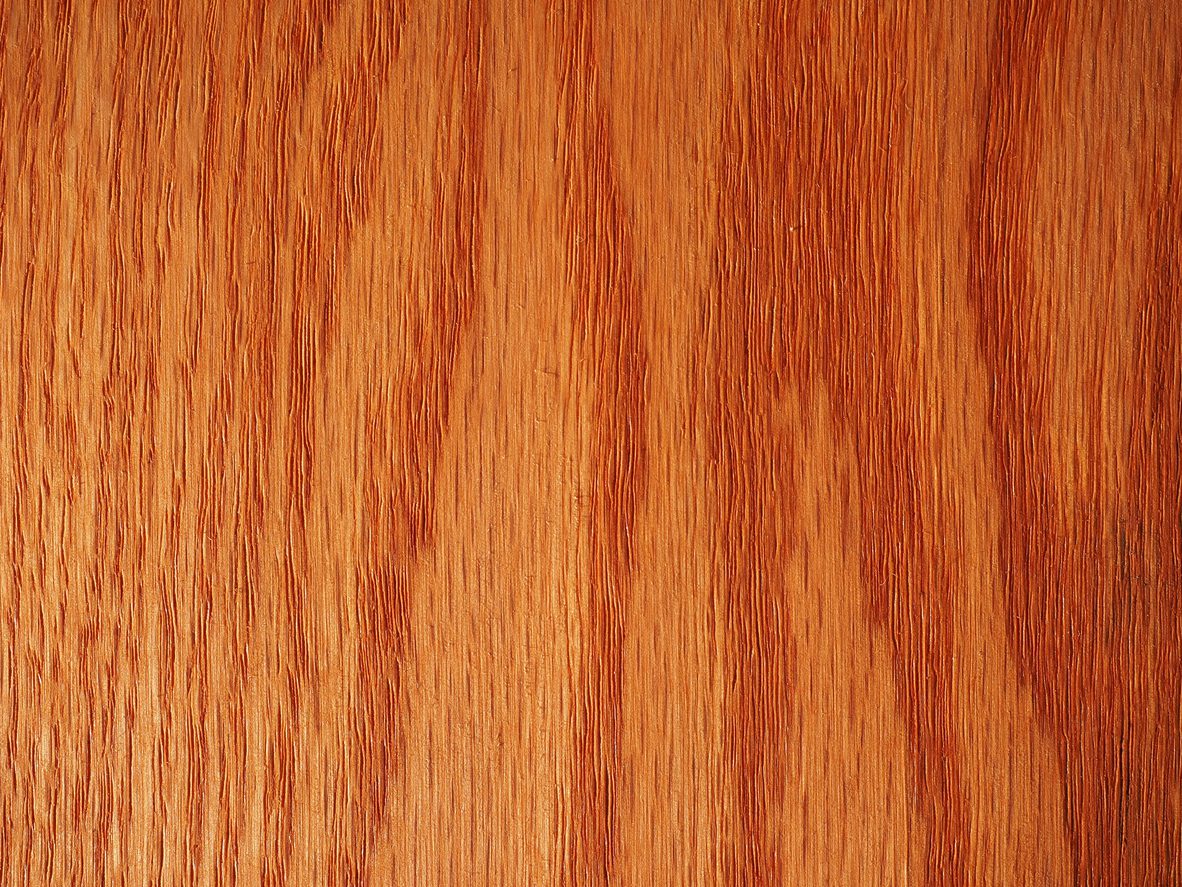When it comes to choosing wood for outdoor projects—whether it’s decking, furniture, or siding—durability and weather resistance are key factors to consider. Oak wood often comes up in these discussions due to its widespread availability, strength, and attractive grain patterns. But is oak really a good choice for outdoor use? Let’s break it down.
Red Oak vs. White Oak: The Two Main Players
Oak wood is known for two most popular species: Red Oak and White Oak. While both are strong and versatile, they have distinct characteristics that affect their suitability for outdoor environments.
Red Oak:
Known for its reddish hue and prominent grain, Red Oak is a popular choice for indoor furniture and flooring. However, it’s less ideal for outdoor use. Its open grain structure makes it more porous, meaning it can absorb water easily if not properly treated, leading to swelling, warping, or rot over time.

White Oak:
This variety stands out as the better option for outdoor applications. White Oak has a tighter grain and contains higher levels of natural tannins, which give it greater resistance to moisture and decay compared to Red Oak. Historically, it’s even been used in shipbuilding and barrel-making due to its water-resistant properties. That said, it’s not invincible—prolonged exposure to the elements can still take a toll.

The Catch: Sealing Is Essential
While White Oak is the preferred choice between the two for exterior use, neither Red Oak nor White Oak is naturally equipped to handle outdoor conditions without some help. To make oak wood viable for outdoor projects, it’s critical to treat it with an exterior waterproofing sealer.
This protective layer prevents water from seeping into the wood, which can otherwise lead to rot, mold, or structural damage over time. Regular maintenance, like reapplying the sealer every couple of years, will also extend the life of your oak outdoor pieces. Without this step, even White Oak’s natural durability won’t hold up indefinitely against rain, humidity, and UV rays.
Better Alternatives for Outdoor Use
While oak can work for outdoor projects with proper care, there are other wood species that outperform it in terms of natural durability and weather resistance. If you’re looking for low-maintenance options that thrive outdoors without as much upkeep, consider these alternatives:
Ipe: A Brazilian hardwood known for its extreme durability, Ipe is virtually impervious to weather, insects, and wear. Its rich, dark color adds a luxurious touch to outdoor spaces. Ipe is known to last 75+ years outdoors without any chemical treatments.
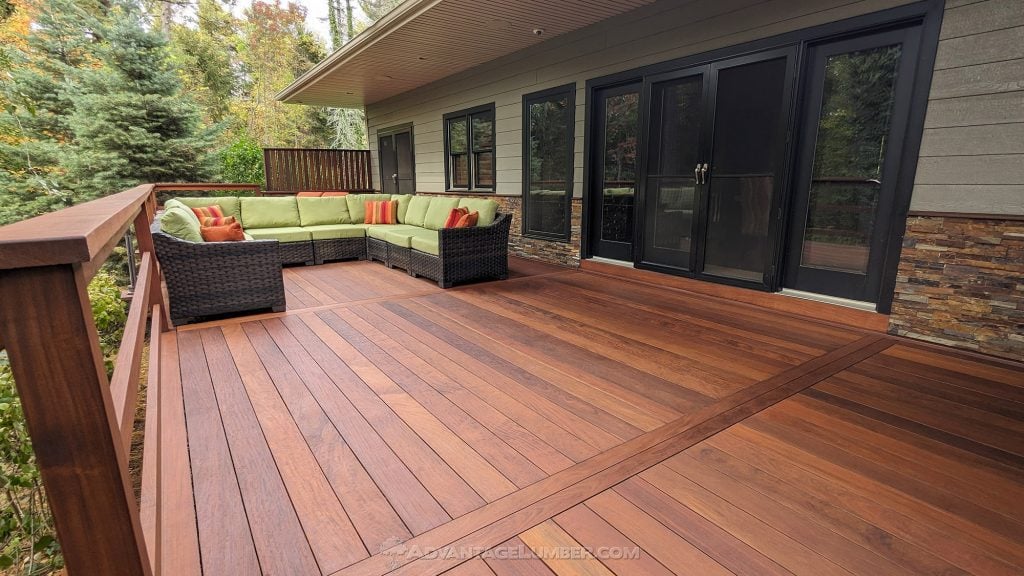
Cumaru: Similar to Ipe, Cumaru offers excellent resistance to moisture and decay, with a warm, reddish-brown tone that ages beautifully. Cumaru is known to last 50+ years outdoors without any chemical treatments.
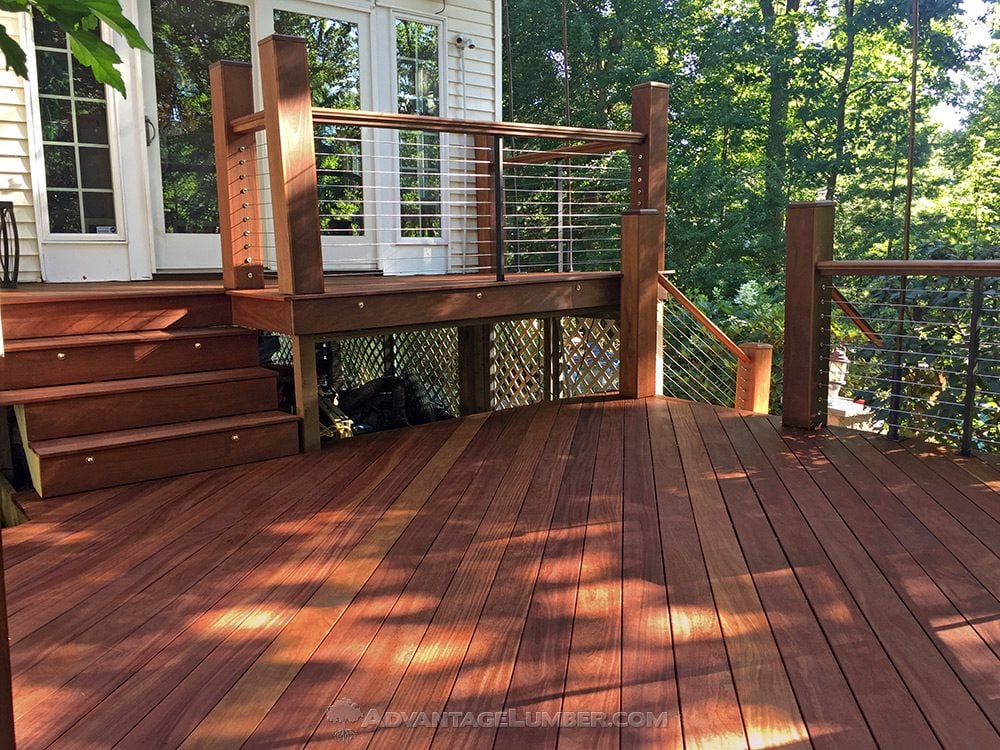
Tigerwood: This exotic species boasts striking grain patterns and natural oils that enhance its resistance to the elements. Tigerwood is known to last 30+ years outdoors without any chemical treatments.
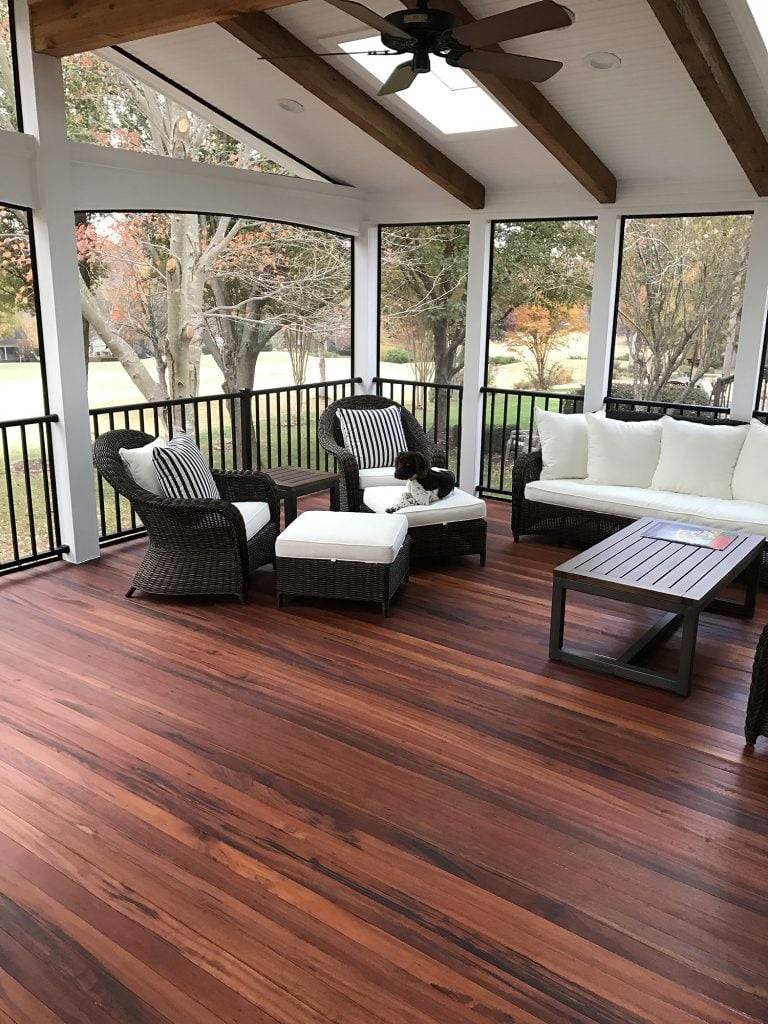
Garapa: With a golden hue, Garapa is a strong, durable option that resists rot and weathering while being less dense than some other tropical hardwoods. Garapa is known to last 30+ years outdoors without any chemical treatments.
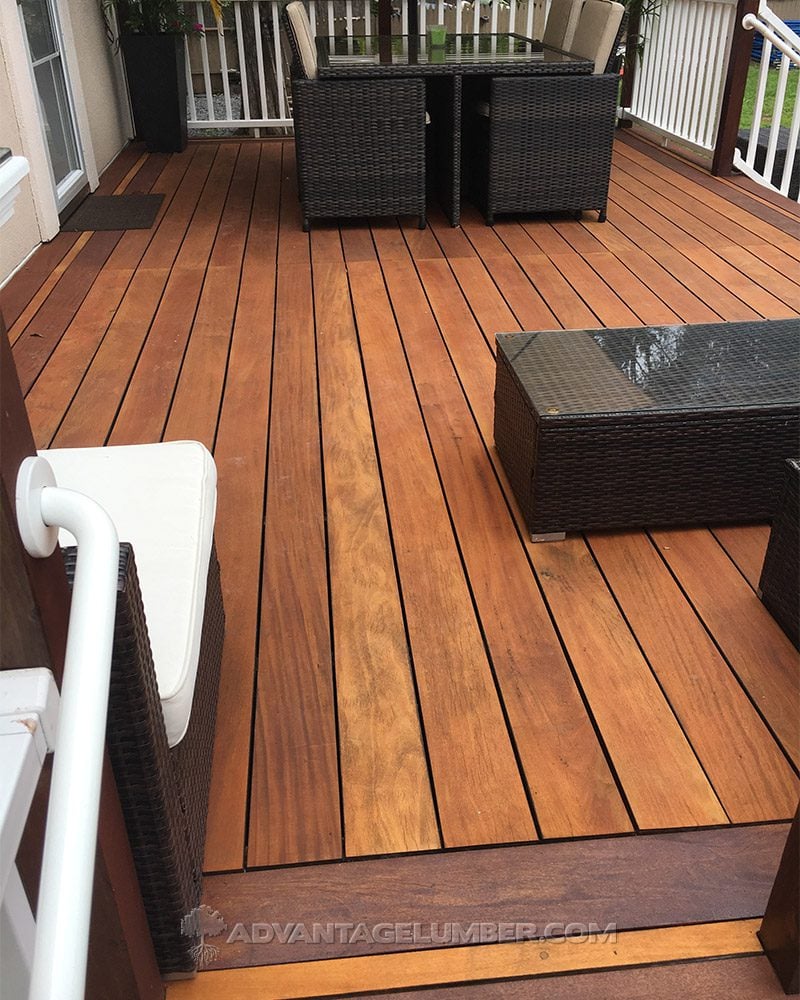
Brazilian Redwood: Also known as Massaranduba, this wood is tough, dense, and naturally resistant to water and pests. Brazilian Redwood is known to last 40+ years outdoors without any chemical treatments.
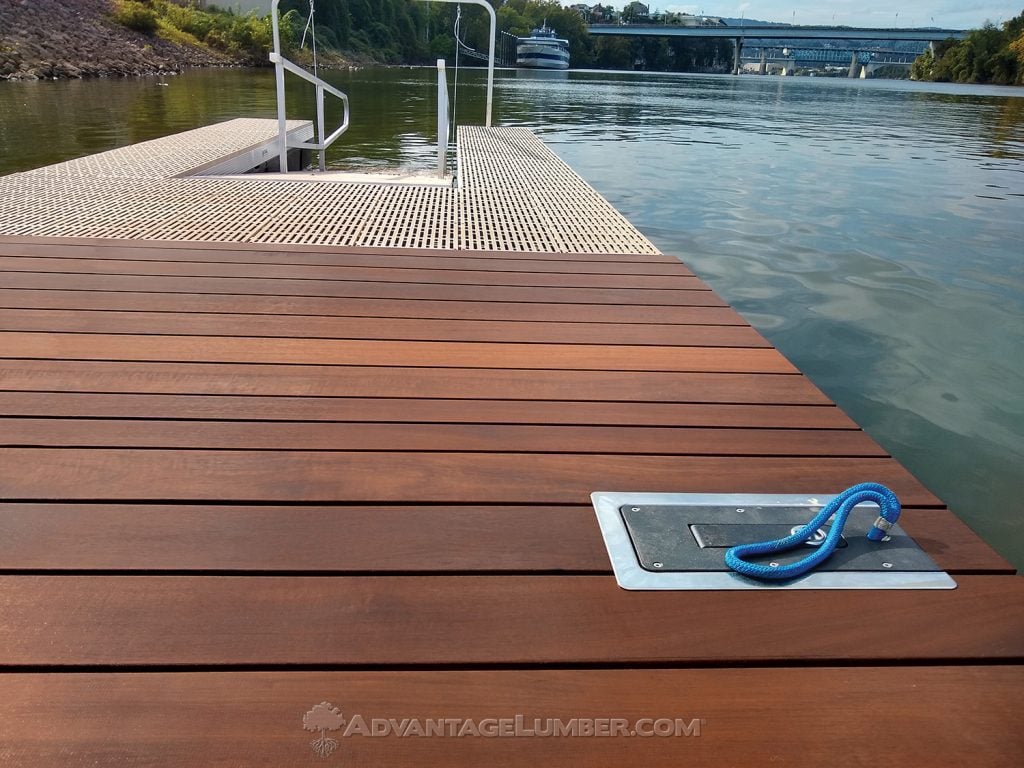
Mahogany: Prized for its beauty and workability, Mahogany holds up well outdoors thanks to its natural oils and tight grain. Mahogany is known to last 30+ years outdoors without any chemical treatments.
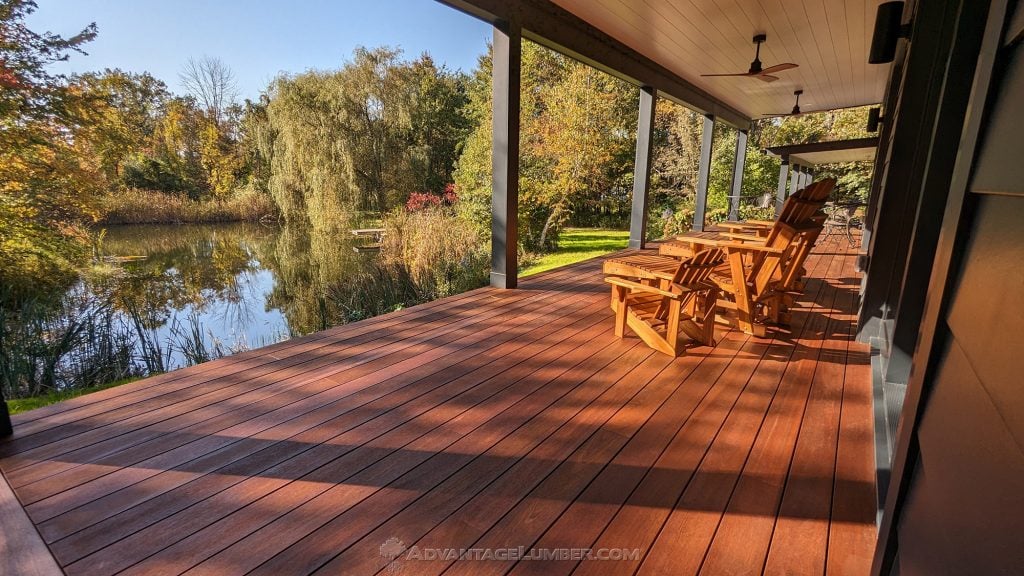
Teak: A gold standard for outdoor furniture, Teak’s high oil content makes it exceptionally resistant to moisture, rot, and insects, requiring minimal maintenance. Teak is known to last 30+ years outdoors without any chemical treatments.
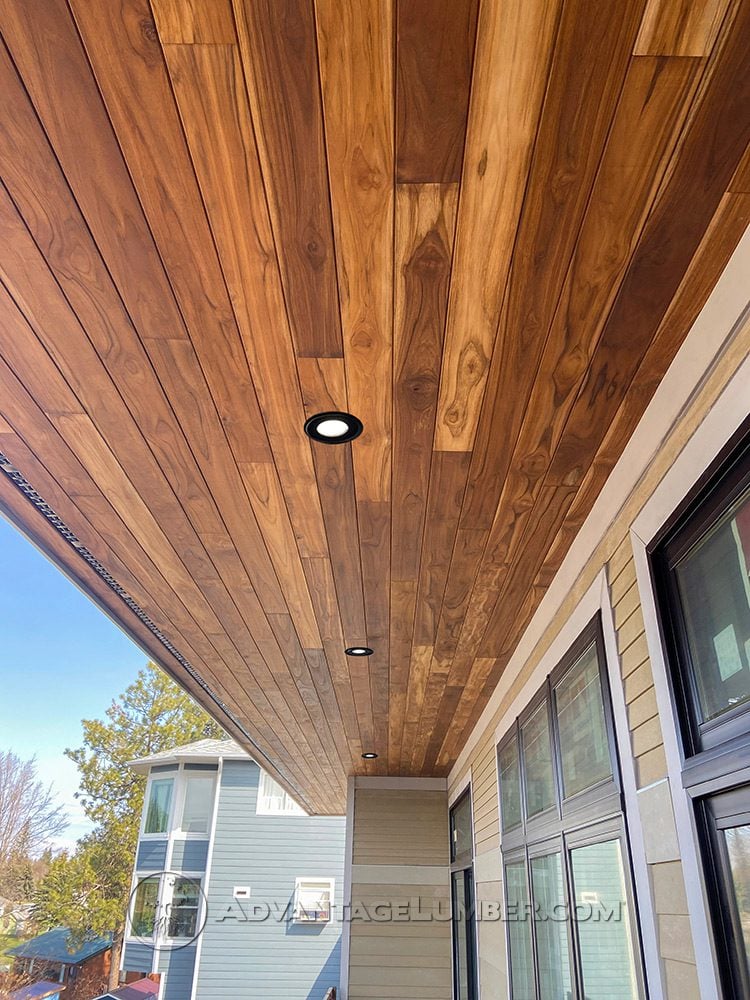
These species, often sourced from tropical regions, have evolved to withstand harsh conditions, making them more inherently suited for outdoor use than oak. They tend to cost more upfront, but their longevity and reduced need for sealing can make them a worthwhile investment.
Final Thoughts
So, is oak wood good for outdoor use? It can be—with the right precautions. White Oak is your best bet over Red Oak due to its tighter grain and natural resistance to moisture, but both require an exterior waterproofing sealer to stay protected for the long term. If you love oak’s look and are willing to put in the effort to maintain it, it can serve you well in outdoor settings. However, if you’re after something that thrives outside with less fuss, species like Ipe, Teak, or Mahogany might be worth exploring instead. Ultimately, the choice depends on your project, budget, and how much upkeep you’re ready to commit to!
